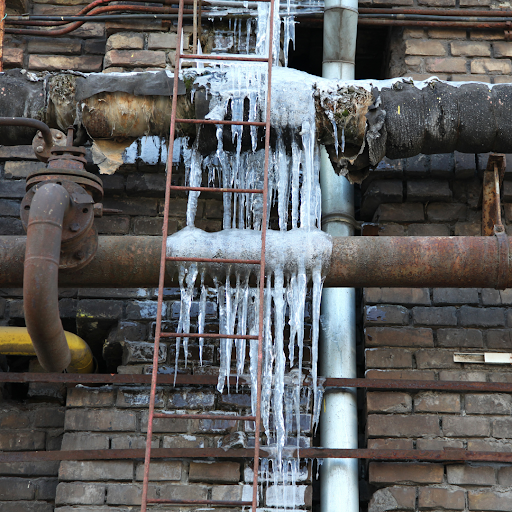Protecting Against Frozen Pipes in Cold Weather: Key Tips
Protecting Against Frozen Pipes in Cold Weather: Key Tips
Blog Article
What are your opinions on Prevent Frozen Pipes ?

Winter can wreak havoc on your plumbing, especially by freezing pipes. Below's just how to avoid it from taking place and what to do if it does.
Intro
As temperatures drop, the danger of icy pipes boosts, possibly leading to costly repairs and water damage. Understanding how to prevent frozen pipelines is important for house owners in chilly environments.
Understanding Icy Pipes
What creates pipes to ice up?
Pipes freeze when exposed to temperatures listed below 32 ° F (0 ° C) for expanded durations. As water inside the pipelines ices up, it broadens, putting pressure on the pipeline wall surfaces and potentially triggering them to break.
Dangers and problems
Icy pipelines can lead to water supply disturbances, home damage, and costly fixings. Burst pipelines can flood homes and trigger extensive structural damages.
Indications of Frozen Pipeline
Recognizing frozen pipes early can prevent them from bursting.
How to determine frozen pipes
Search for lowered water flow from taps, unusual smells or noises from pipes, and visible frost on exposed pipelines.
Avoidance Tips
Insulating susceptible pipes
Cover pipes in insulation sleeves or use warmth tape to shield them from freezing temperatures. Concentrate on pipelines in unheated or exterior areas of the home.
Home heating techniques
Maintain interior rooms properly warmed, particularly locations with pipes. Open cupboard doors to permit warm air to circulate around pipes under sinks.
Securing Outdoor Plumbing
Yard hose pipes and exterior faucets
Detach and drain garden hoses prior to wintertime. Install frost-proof faucets or cover outside faucets with shielded caps.
What to Do If Your Pipes Freeze
Immediate actions to take
If you think icy pipes, keep taps open up to relieve pressure as the ice thaws. Use a hairdryer or towels taken in warm water to thaw pipelines gradually.
Long-Term Solutions
Structural adjustments
Consider rerouting pipelines away from outside walls or unheated locations. Add additional insulation to attic rooms, basements, and crawl spaces.
Updating insulation
Invest in high-quality insulation for pipes, attic rooms, and walls. Appropriate insulation assists maintain regular temperatures and reduces the danger of icy pipes.
Final thought
Protecting against frozen pipes calls for positive measures and quick reactions. By comprehending the reasons, indicators, and safety nets, homeowners can protect their pipes throughout winter.
5 Ways to Prevent Frozen Pipes
Drain Outdoor Faucets and Disconnect Hoses
First, close the shut-off valve that controls the flow of water in the pipe to your outdoor faucet. Then, head outside to disconnect and drain your hose and open the outdoor faucet to allow the water to completely drain out of the line. Turn off the faucet when done. Finally, head back to the shut-off valve and drain the remaining water inside the pipe into a bucket or container. Additionally, if you have a home irrigation system, you should consider hiring an expert to clear the system of water each year.
Insulate Pipes
One of the best and most cost-effective methods for preventing frozen water pipes is to wrap your pipes with insulation. This is especially important for areas in your home that aren’t exposed to heat, such as an attic. We suggest using foam sleeves, which can typically be found at your local hardware store.
Keep Heat Running at 65
Your pipes are located inside your walls, and the temperature there is much colder than the rest of the house. To prevent your pipes from freezing, The Insurance Information Institute suggests that you keep your home heated to at least 65 degrees, even when traveling. You may want to invest in smart devices that can keep an eye on the temperature in your home while you’re away.
Leave Water Dripping
Moving water — even a small trickle — can prevent ice from forming inside your pipes. When freezing temps are imminent, start a drip of water from all faucets that serve exposed pipes. Leaving a few faucets running will also help relieve pressure inside the pipes and help prevent a rupture if the water inside freezes.
Open Cupboard Doors
Warm your kitchen and bathroom pipes by opening cupboards and vanities. You should also leave your interior doors ajar to help warm air circulate evenly throughout your home.

As an enthusiastic reader about Winter Plumbing Precautions: Preventing Frozen Pipes, I was thinking sharing that piece of content was really useful. Sharing is caring. One never knows, you may very well be helping someone out. Thanks for going through it.
Click Here Report this page